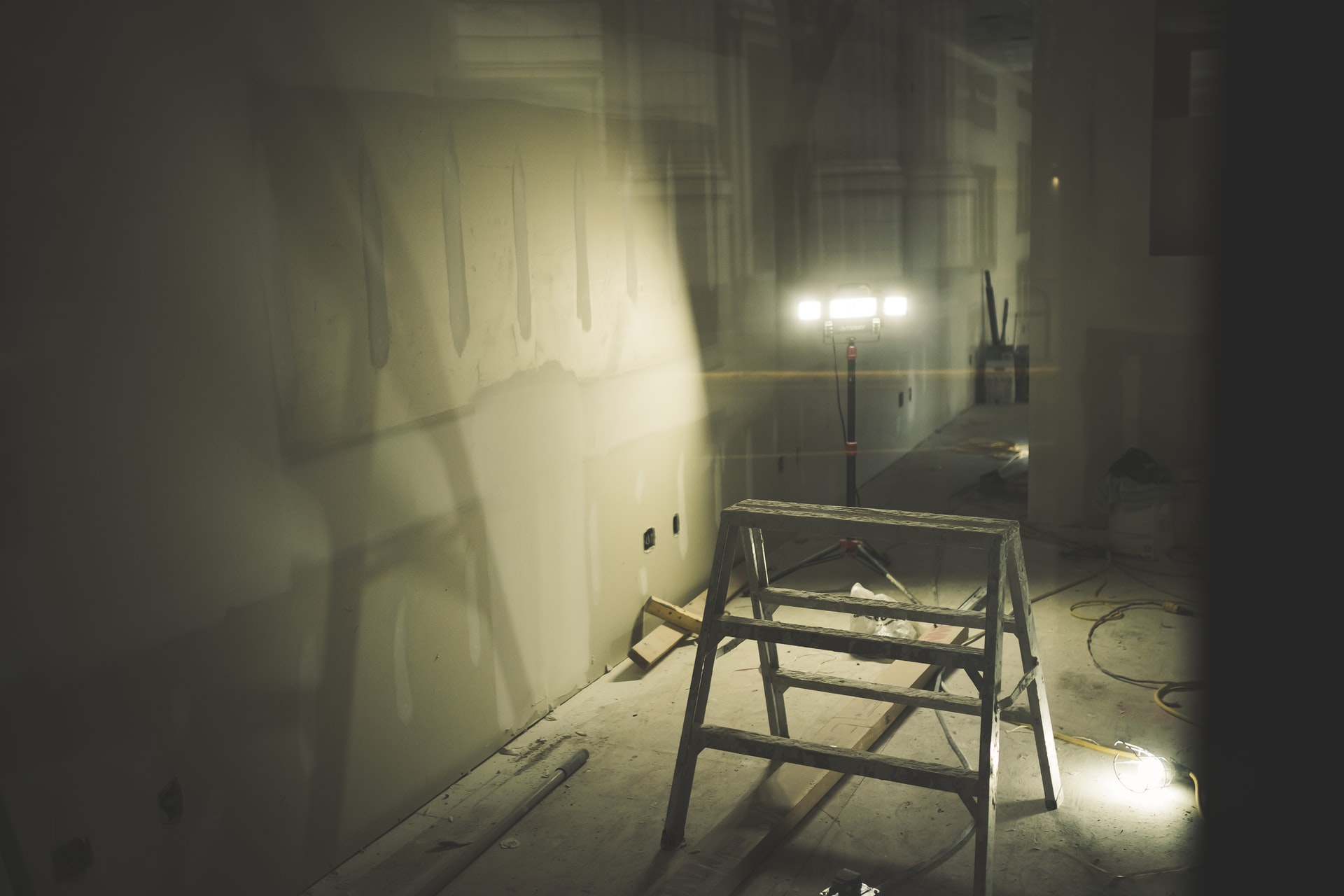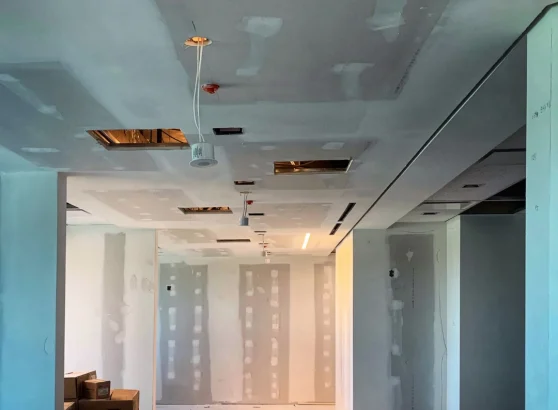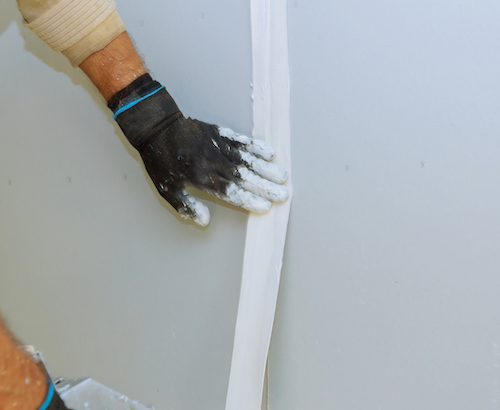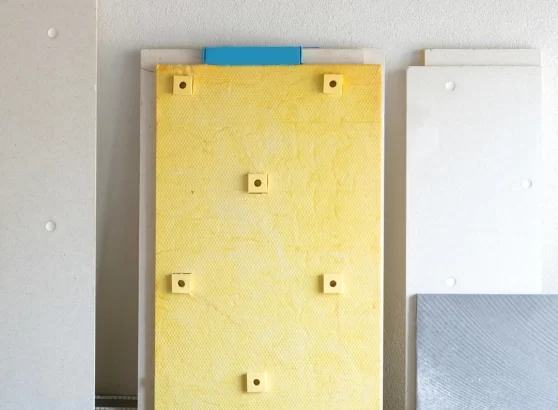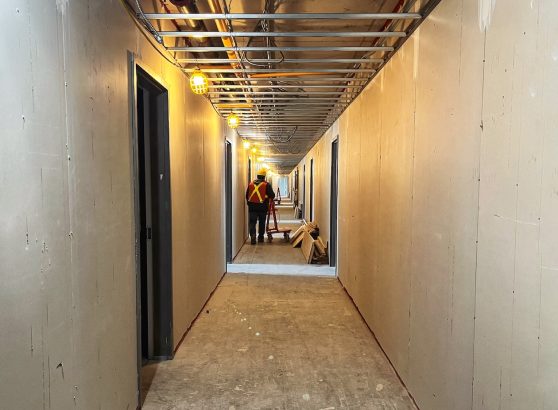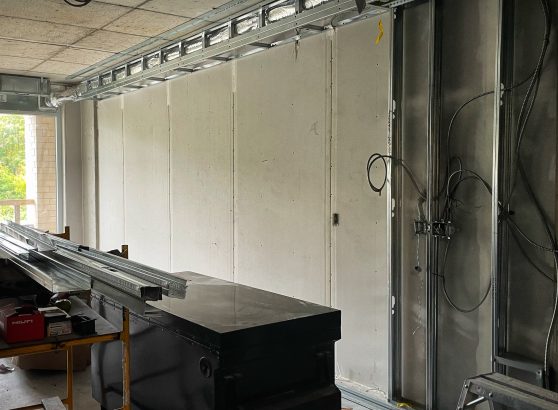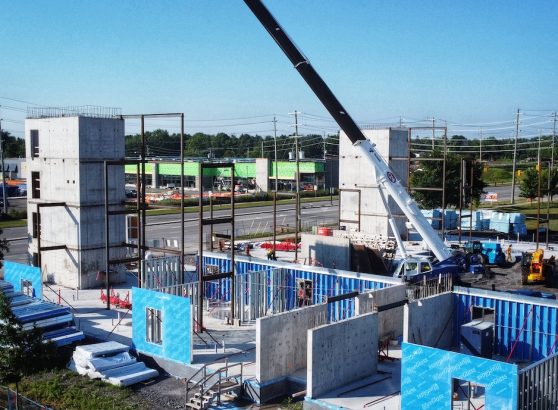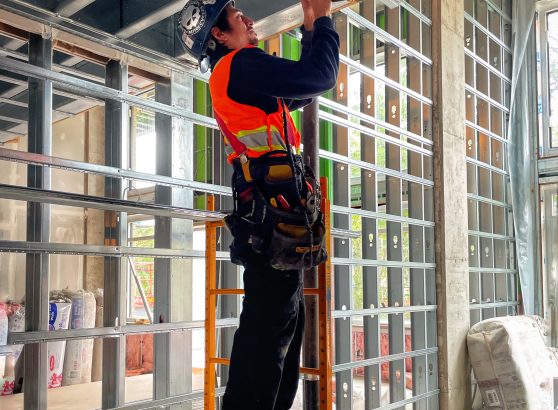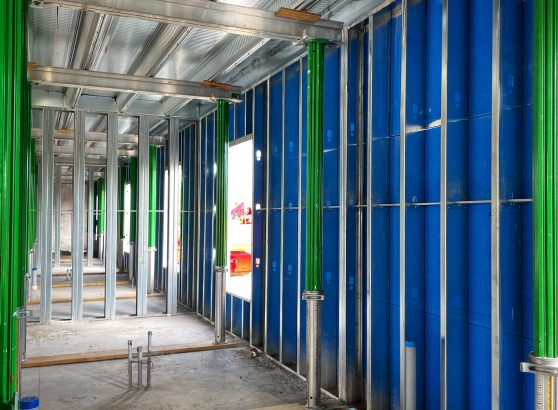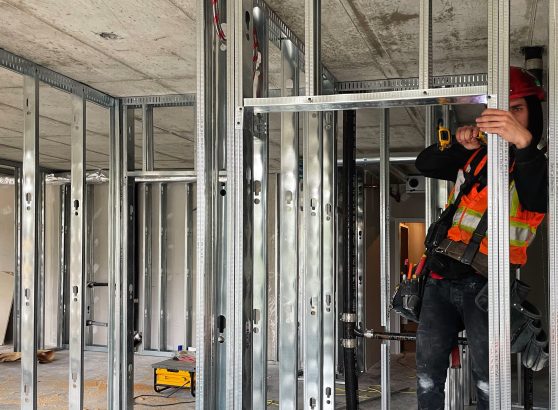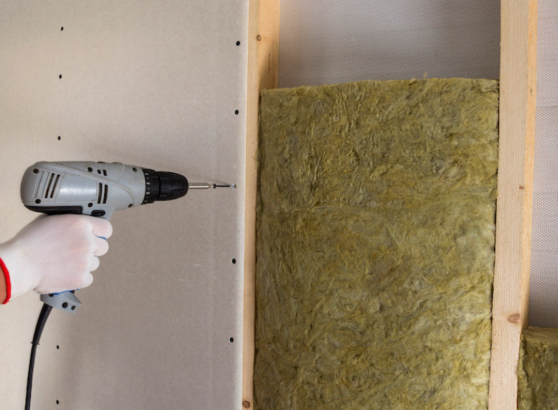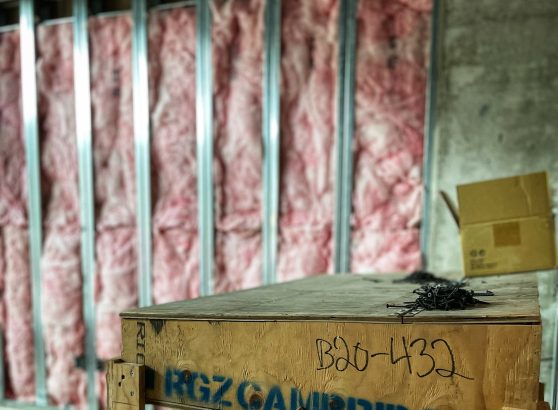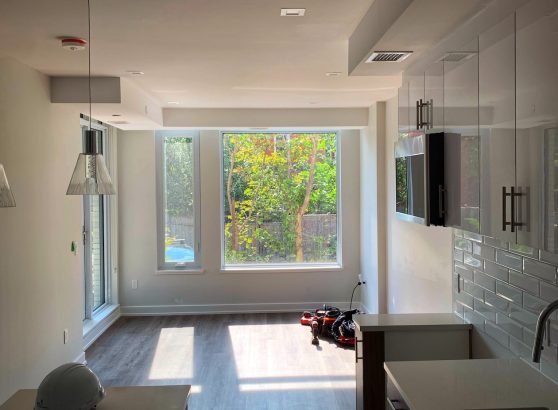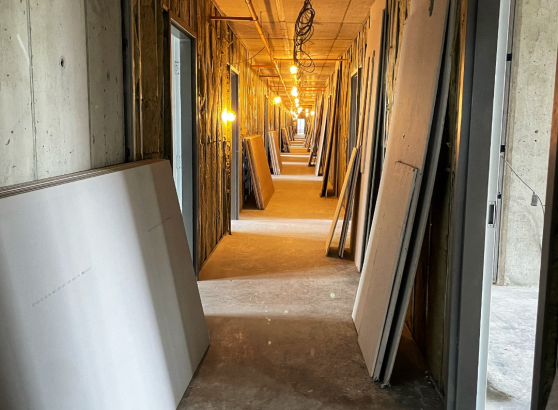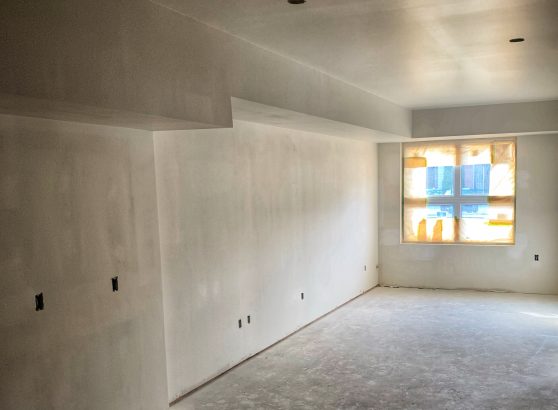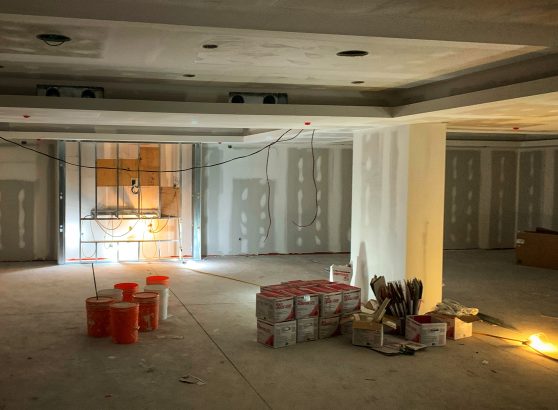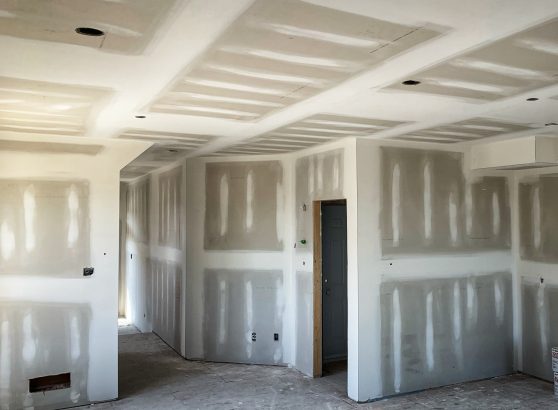What You Need To Know About Drywall: What Is It And Why Is It Important?
When it comes to constructing a new home, renovating your current home, or simply making repairs to an existing wall, you might feel a little confused about what material will be best for your needs and what exactly each of these materials is. If you have ever heard the terms “drywall” or “gypsum wallboard” before but aren’t exactly sure what these things are and why they matter so much when it comes to building or renovating a house, this article will help you understand everything that you need to know. Drywall is also known as gypsum wallboard which is a type of paneling made from gypsum plaster that has been pressed into sheets. In this blog post, you will learn everything that you need to know about drywall including why it is important and how it can benefit your project if you are looking to build or update your home.
What Is Drywall?
Drywall, or gypsum wallboard, is a sheet of paper-like material that is nailed, screwed, or stapled to the framing studs of a wall. It is made from a mixture of gypsum, water, paper, and a few other ingredients. Drywall is manufactured in large sheets that are typically 4 feet by 8 feet. These sheets are then cut and installed vertically between framing members of the wall. They are often used as the inside wall surface in residential, commercial, and industrial buildings. Because of its popularity as a walling material, it’s also referred to as “plasterboard”. Since the 1940s, drywall has been the most common way of covering walls in many types of buildings.
Why Is It Important?
When you have a wall that is made of drywall, it creates an interior wall that is easy to work with, easy to repair, and easy to paint. It is the most common wall material in homes because it is the easiest wall surface to work with and to remodel. Drywall makes it easy to build an interior wall that is straight and plumb, and requires almost no extra framing. It is also easy to finish, and you can install it in a variety of ways to meet your needs and your project requirements. Because drywall is so easy to work with and is so common, it is also relatively inexpensive. Any type of wall that is made of drywall is easy to repair when something goes wrong, and it is easy to paint when you want to change up the look.
How Is It Used?
Drywall has a variety of uses, but it is most commonly used as an interior wall surface in residential homes and commercial buildings. It is often used on ceilings and walls that are being renovated or repaired. It can also be used in situations where you are building a brand new home or constructing a new building. Drywall is often used as a soundproofing material because it is easy to install, it can be easily finished, and it is easy to hang heavy objects on it. It is also a great insulator, which makes it perfect for homes in cold climates and hot, humid climates. It also makes it easy to quickly make repairs to the wall due to its easy installation and its ability to cover up mistakes or imperfections in the wall.
When Should You Use Drywall?
Drywall is a great wall surface for a wide range of projects. It is best used when you want an interior wall surface that is easy to install and finish. It is also a great wall surface to use if you want an easy and quick way to make repairs. When you are renovating or building a new home, you may have questions about which wall surface will work best for your project. If you are unsure, it is often a good idea to consider what wall surface will be easiest and quickest to install and finish. It is often best to use drywall when you are renovating or building a new home. This means that you either have or will be framing or studding the walls with wood. In this situation, you can easily install the drywall on the wall, and you can quickly and easily finish it.
When Should You Not Use Drywall?
As we discussed above, drywall is a great wall surface to use. But, there are a few situations where it is best not to use it. Drywall is not ideal for exterior projects since it is an indoor wall surface that needs to be protected from weather. It is also not a good choice for any exterior framing projects. In situations where you need to frame a house that is exposed to weather, it is best to use a different wall surface, such as plywood. When you need to frame a house that sits outside, plywood is usually the best option.
What Is The Difference Between Framed And Unframed Drywall?
There are two types of drywall: framed and unframed. Framed drywall is the type that is commonly used in homes, and it is sandwiched between two pieces of wood (the framing). Unframed drywall is sometimes used in commercial buildings and industrial buildings, but it is not commonly used in homes. Framed drywall is easy to work with because it comes sandwiched between two pieces of wood and it makes it easy to frame a wall. Unframed drywall is a sandwich made up of two pieces of paper with a layer of gypsum in the middle. It is not sandwiched between two pieces of wood like framed drywall.
Summary
Drywall, also known as gypsum wallboard, is a type of paneling made from gypsum plaster that has been pressed into sheets. It is the most common wall material in homes because it is easy to install and easy to finish. When you are renovating a home, or building a new home, it is often best to use drywall because it is easy to work with and easy to finish. Also, you may have questions about which wall surface will work best for your project. If you are unsure, it is often a good idea to consider what wall surface will be easiest and quickest to install and finish. Drywall makes it easy to finish the wall, which is important since the wall is the first thing that people see when entering a home.


